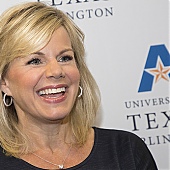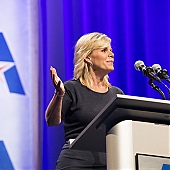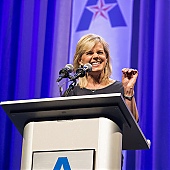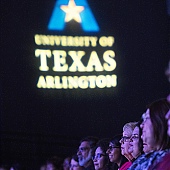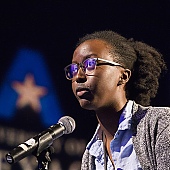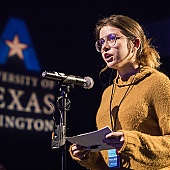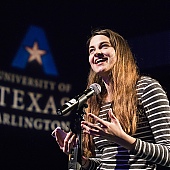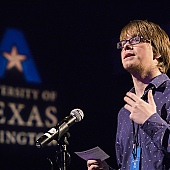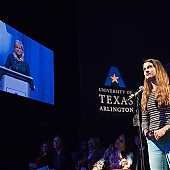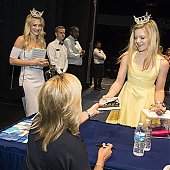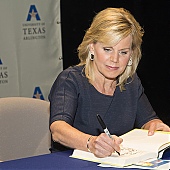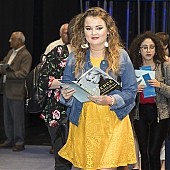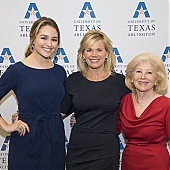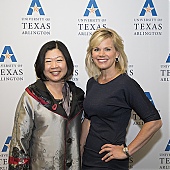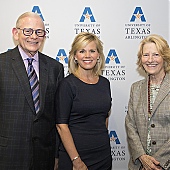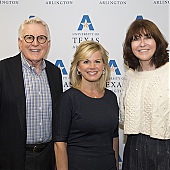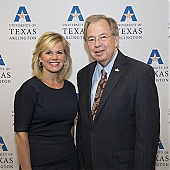COASTING TO SUCCESS
Six Flags Over Texas President Steve Martindale ’81, right, and marketing director Jim Brothers ’82 enjoy their front-row perspective on the renovated Texas Giant.
The Business of Fun

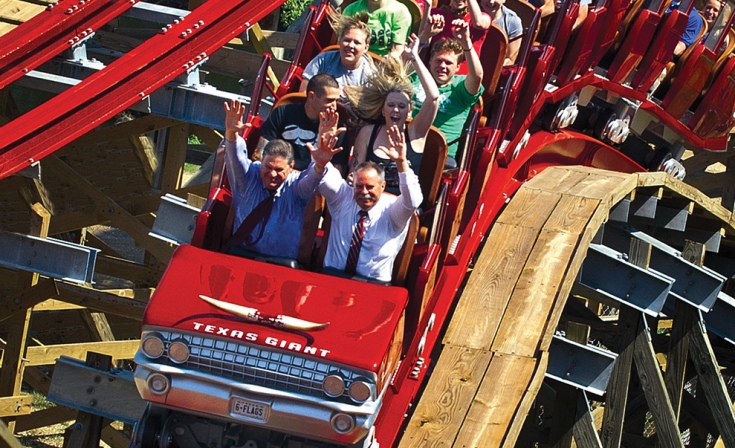
The Business of Fun
A growing research university and an iconic amusement park wouldn’t seem to have much in common. But a closer look at UT Arlington and Six Flags Over Texas reveals strong connections between the storied Arlington institutions.
· Summer 2011 · Comment ·
Poised atop the Texas Giant’s 153-foot big hill, preparing to hurtle down its 79-degree drop, roller coaster enthusiasts exult in the sheer adrenaline rush. This is exactly what they wish the world could be. And it’s what the world is at Six Flags Over Texas, the Arlington tourist icon now celebrating 50 years of fun. Of course, at Six Flags, that top-of-the-hill moment is followed by the thrill of a screaming downhill plunge into a record-breaking 95-degree banked curve.
The day the park opened in 1961, Arlington changed forever. And the city’s university has played an ongoing role. In fact, it seems UT Arlington alumni run the place these days.
Six Flags Over Texas President Steve Martindale earned his B.B.A. in management in 1981. Marketing director Jim Brothers received a marketing degree in 1982. Half a dozen other UT Arlington graduates, including the vice president for corporate sales and marketing and the vice president for corporate alliances, hold high-ranking positions at the park or its headquarters in Grand Prairie.
“Six Flags has probably benefited more from UTA than UTA has from Six Flags,” Martindale says.
Brothers estimates that the University has supplied hundreds, if not thousands, of student workers. He and Martindale met as Six Flags employees in the 1970s. As ride operators, ride foremen, and operations supervisors, they learned the nuances of the 212-acre park. Once they had their UT Arlington diplomas, their careers took off like the coasters they still love to ride.
‘TEXAS WAS NEVER UNDER ANYTHING’
In honor of Six Flags’ half a century, UT Arlington Library Special Collections is hosting an exhibit, What You Wish the World Could Be: The Early Years of Six Flags Over Texas, featuring photographs, artifacts, and memorabilia. It recounts how Great Southwest President Angus G. Wynne Jr. saw the amusement park as a way to pay for the enormous industrial district then under development near state Highway 360 and the Dallas-Fort Worth Turnpike (now Interstate 30). According to Wynne’s son, Angus G. Wynne III, “The real project was Great Southwest. The park was really an afterthought.”
NOSTALGIC THRILLS
These photographs are part of a UT Arlington Library exhibition celebrating Six Flags’ 50th anniversary.
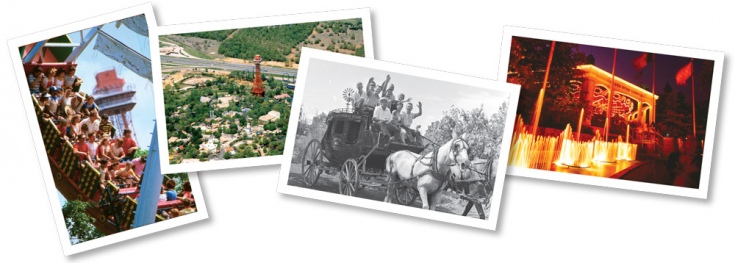
The elder Wynne’s first name for that afterthought was Great Southwestland, which UT Arlington information literacy librarian Evelyn Barker, one of the exhibit’s co-curators, notes did not “fall trippingly off the tongue.” An operation that welcomed more than half a million visitors from all 50 states in its first season could do better. Besides, Great Southwestland wasn’t painted on the entry signs, so a name change would require minimum undoing.
Wynne’s next idea was Texas Under Six Flags, but park lore has it that his wife insisted, “Texas was never under anything.” With a third try, he settled on Six Flags Over Texas.
“We used to give new people a hard time. We’d send them looking for a squeegee sharpener and a vapor lock key. Neither thing existed.”
That singular decision led to numerous firsts. For one thing, the Six Flags moniker gave the park a theme—Texas history. Each section—Spain, France, Mexico, Texas, the Confederacy, and the USA—offered rides and attractions based on the culture of that locale.
The second big game changer was one price for all attractions. Six Flags Over Texas, with the only one-ticket policy in the business, welcomed first-year visitors to a park full of rides and shows for $2.75 per person.
Those early rides built quite a fan base. The only original ride still going is the steam railroad that circles the park. Its authentic steam engines, built in the late 19th and early 20th centuries, continue to fascinate children and adults alike.
Another early favorite, the Fiesta Train in the Mexico section, featured three giant, dancing tamales and was labeled “the most hilarious train ride of all” by The Dallas Morning News. Other rides, while gone, are certainly not forgotten, chief among them The Cave ride with its eerie Spee-Lunkers, one of which is on display in the Special Collections exhibit through Aug. 13 on the Central Library sixth floor.
“There’s a whole subculture revolving around the Spee-Lunkers,” Barker says. And while Martindale hints at a comeback for the popular cave dwellers, nothing is in the works.
“We actually get requests for three main things to return,” he says. “The Cave, LaSalle’s Boat Ride (now replaced by the Roaring Rapids), and Casa Magnetica.” The tilted house with the uphill-rolling oranges returns this year as part of the park’s anniversary celebration.
After an innovation-filled opening, Six Flags Over Texas continued leading the industry with the nation’s first log flume ride (El Aserradero), the first themed tubular steel roller coaster (Runaway Mine Train), and, for a brief time, the world’s tallest roller coaster (Shock Wave). This year Six Flags reopened a completely renovated Texas Giant roller coaster with a state-of-the-art, one-of-a-kind track and smoother ride.
Banks on the Giant are more severe than before, and the ride now boasts the sharpest drop in the world for a wooden roller coaster.
“American Coaster Enthusiasts has been hounding us for information on it,” says Martindale, who touts the Giant as a worthy addition.
Former park employee Alan Cochrum ’83 provided items for the exhibit.
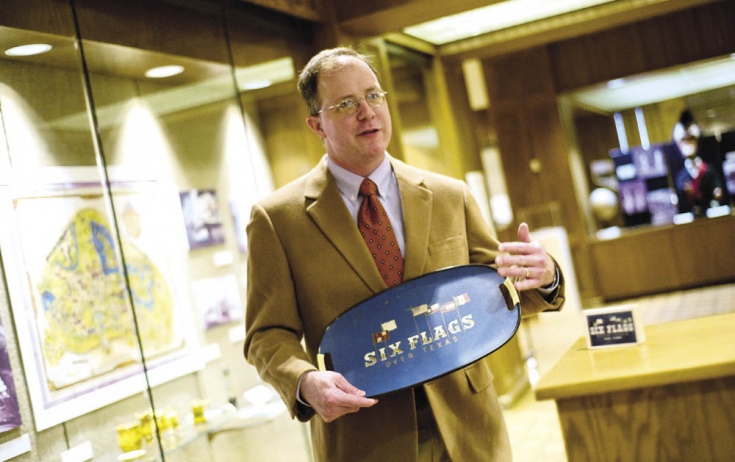
‘ONE OF THE FORTUNATE ONES’
Based on items featured in the Special Collections exhibit, it’s obvious that a sense of camaraderie enhanced the Six Flags experience for those early workers. The park featured a swimming pool for them (now replaced by the Titan roller coaster), interdepartmental softball leagues, and regular employee cookouts and parties.
Those who sweated through the record-breaking summer of 1980 received matching “We Beat the Heat” hats and T-shirts. In the early years, Six Flags employees also produced yearbooks filled with photographs and memories.
But work wasn’t the only thing on their minds. Martindale met his wife while they were ride operators in the 1970s. “It’s a very social place,” he says. “We worked really hard, and we played really hard, too.”
Every member of the Martindale family has worked at Six Flags, including the dog. Back when the park had live Wild West shows in the Texas section, a dog was part of the cast and lived on the property. In winter when the park shut down, the dog needed a home, so he lived with the Martindales. Eventually the Wild West show closed and the dog, a Jack Russell terrier named Moose, became a permanent family member.
Brothers has worked continually at the park since 1972, though he never intended to stay so long. “I thought I was just coming over for a summer job.” He sees himself as “one of the fortunate ones” to have made a career out of helping people have fun.
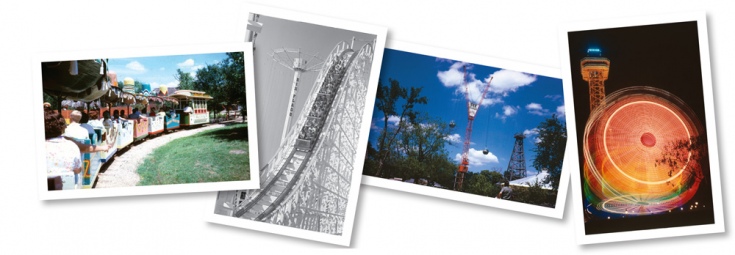
He has witnessed hundreds of thousands of visitors come through the gates, and he particularly remembers two ladies from Oklahoma. “They paid to park, paid their entrance fee, went inside and looked around but were quite puzzled and disappointed because they couldn’t find the stores. Apparently they thought they were at Six Flags Mall.”
On another occasion, Brothers accompanied chicken magnate Bo Pilgrim—complete with giant Pilgrim hat and pet chicken—around the park.
‘A REAL MILESTONE’
Alumnus Alan Cochrum ’83 worked in ride operations for three seasons and remembers cutting up fish for the petting zoo in 1979. Baskets of fish were sold to guests so they could feed the sea lions.
“The smell was something else,” Cochrum recalls, adding that “we washed our hands with little packets of mustard because soap would not cut the odor.”
Like everyone else, employees want to know just how crowded the park will be on any given day. Cochrum, now a Ph.D. student and graduate teaching assistant in UT Arlington’s English Department, used the log ride line as a gauge.
The path to the ride ran through a small tunnel under the railroad track. If the line stretched to the track, “it was going to be a bad day.” If the line doubled back to what was then the Kandy Kitchen, “it was going to be a very bad day.”
Donna Whittington ’82, another UT Arlington and Six Flags alum, had some great days working the Happy Motoring racetrack. “We used to give new people a hard time. We’d send them looking for a squeegee sharpener and a vapor lock key. Neither thing existed.” Such high jinks created lifelong friendships.
“There was always someone to talk to and joke with,” Whittington recalls. “We bonded over working in the extreme heat and sometimes cold. We’d gather after work; there was always a group going to eat.”
PLAYGROUND FOR WORK
Since opening in 1961, Six Flags Over Texas has provided jobs for hundreds of UT Arlington students like theater arts major Kayla Foster, a technician for the entertainment department.
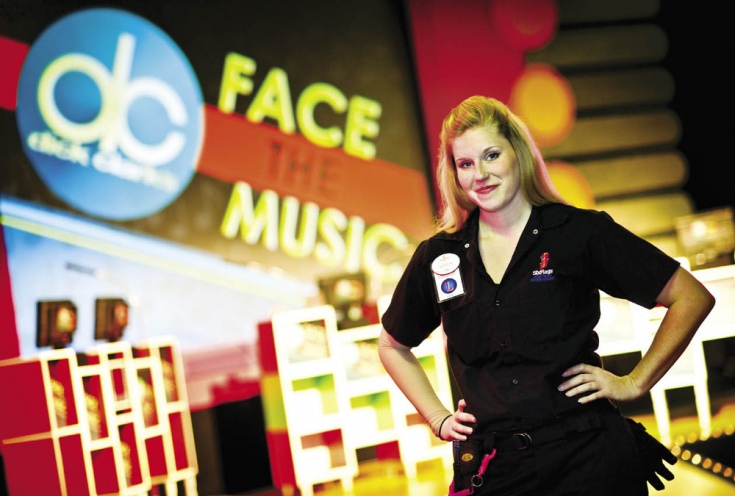
Theater arts major and current Six Flags employee Kayla Foster is creating similar memories. “Not a single day goes by when the park is open that I don’t have a guest make me laugh or we watch something funny happen.” She was especially taken by the employee last season who made it his mission to safeguard the Batmobile during evening parades.
“He was really protective,” says Foster, a technician for the entertainment department. “It was kind of comical to watch him obsess over it every day and not let anyone touch it or put handprints on it. It definitely made being outside in the summer heat a little better.”
Martindale tries to make the park a little better, too. Instead of just walking around and supervising, he carries a broom and bucket to tidy up. He says setting an example is just one more way to keep Six Flags moving forward.
“What started out as a vehicle for cash flow has gone from a modest little attraction to a booming business that has entertained more than 100 million guests taking more than a billion rides. Fifty years—it’s a real milestone!”
One that UT Arlington helped achieve.
Web extra: Watch a video.
